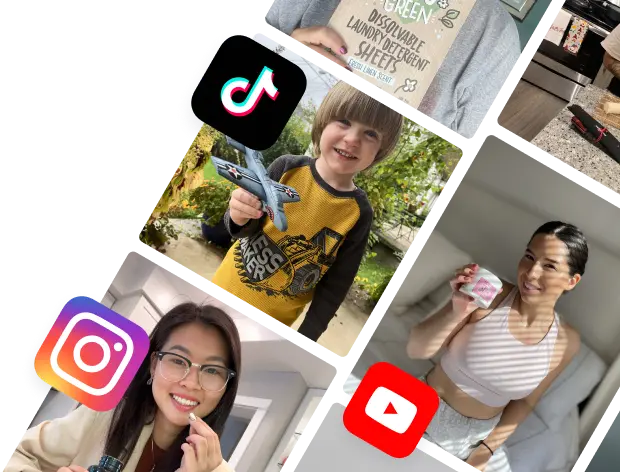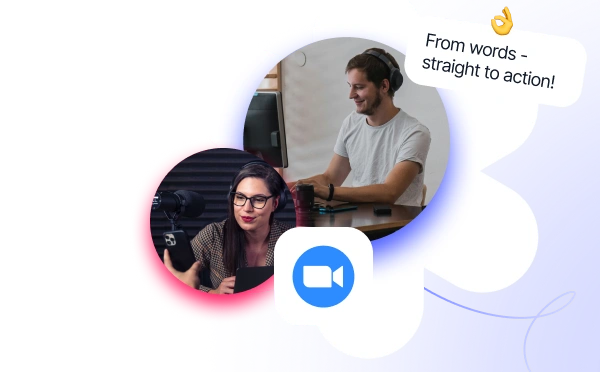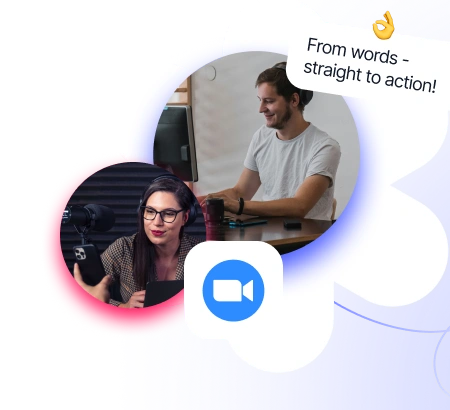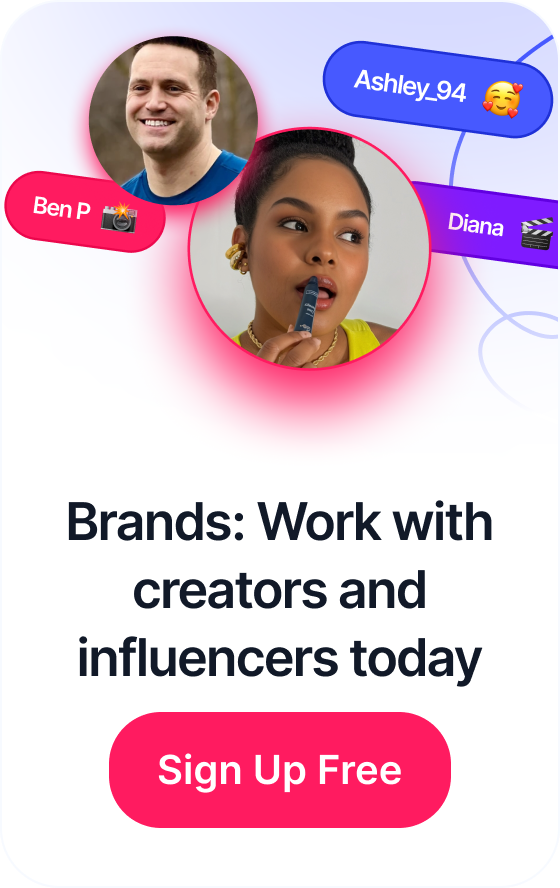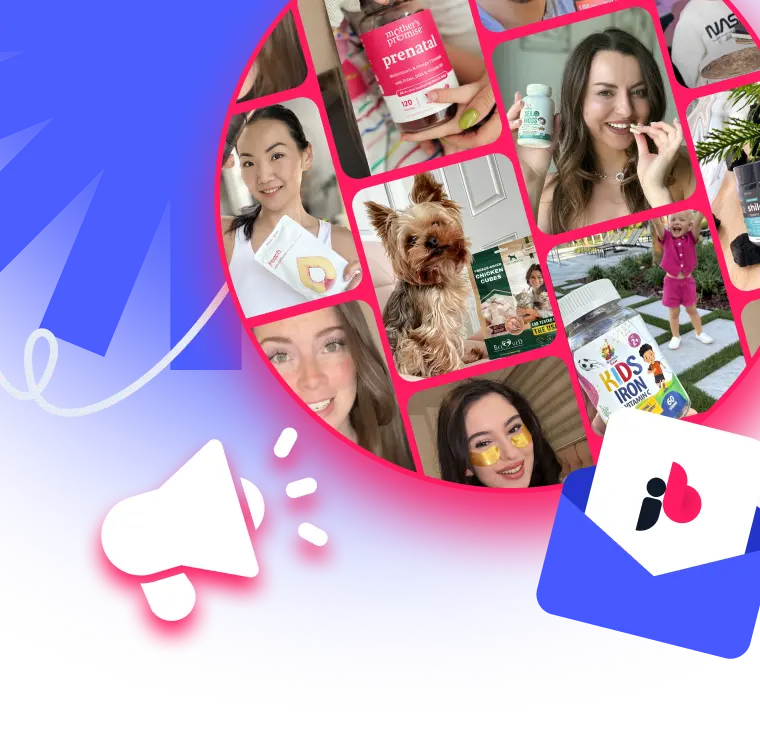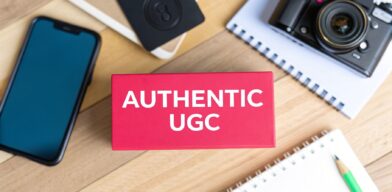 How to Make UGC That Drives Authentic Brand Growth
How to Make UGC That Drives Authentic Brand Growth
If you really want to boost customer lifetime value, you have to stop chasing one-off sales and start thinking about the long game. This means shifting your focus toward building real, lasting relationships and creating an experience that keeps people coming back. We're talking about stellar customer support, personalized interactions, and loyalty programs that actually feel rewarding. The goal is to turn happy buyers into passionate brand advocates.
Table of Contents
Why Customer Lifetime Value Is Your Most Important Metric
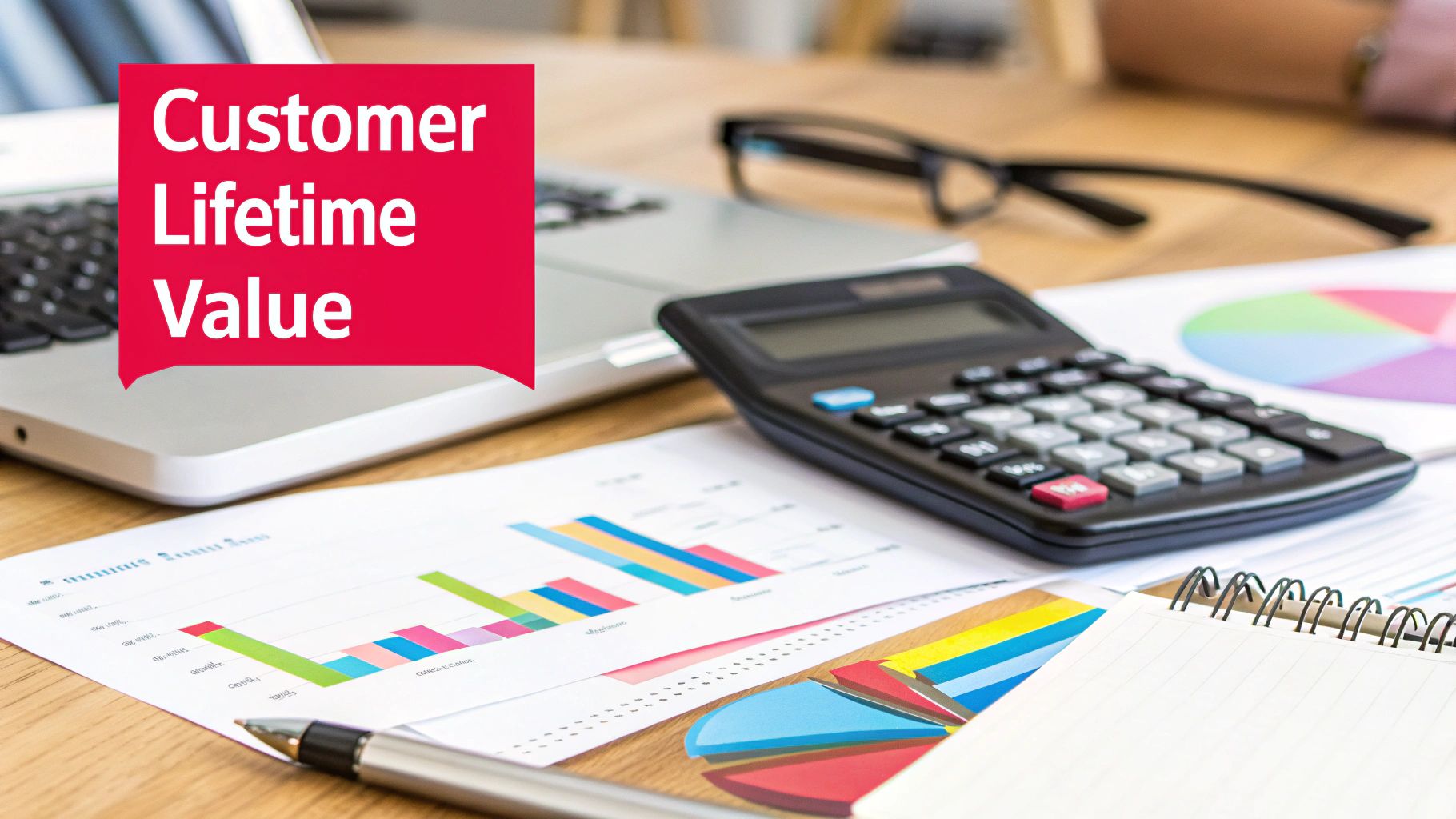
Sure, conversion rates and site traffic are important pieces of the puzzle. But Customer Lifetime Value (CLV) is the metric that truly tells you the whole story. It’s a forward-looking number that predicts the total revenue you can realistically expect from a single customer over their entire relationship with you.
Think of it less as a sales figure and more as a health report for your brand. A high CLV is a clear sign you’re delivering real value, which naturally leads to loyalty and satisfaction. It forces you to move beyond short-term wins and build a business that’s sustainable for the long haul.
The Critical CLV to CAC Ratio
Knowing your CLV is a great start, but its true power comes alive when you stack it up against your Customer Acquisition Cost (CAC). This simple ratio cuts right to the chase, revealing just how profitable and efficient your business model really is.
It answers the one question that can make or break a business: are you spending more to get customers than they're actually worth?
For a healthy, growing business, the gold standard is a 3:1 CLV-to-CAC ratio. This means for every dollar you spend bringing in a new customer, you should be generating at least three dollars back over time. If your ratio is closer to 1:1, you’re basically treading water—and likely losing money once you factor in all your other operational costs.
Focusing on CLV forces you to build a better business from the inside out. It’s not just about marketing; it’s about creating a product and experience that customers genuinely want to return to again and again.
How to Calculate CLV Simply
You don't need a data scientist on payroll to get a handle on your CLV. You can get a solid baseline with a pretty straightforward formula.
CLV = (Average Purchase Value x Purchase Frequency) x Average Customer Lifespan
Let's quickly unpack that:
- Average Purchase Value: Simple enough—it's what a customer typically spends in one go.
- Purchase Frequency: How many times a customer buys from you in a set period, like a year.
- Average Customer Lifespan: The total time a customer sticks around and keeps buying from you.
This simple calculation gives you a powerful snapshot of what an average customer is worth. If you're looking to really move the needle, it's worth exploring strategies for improving customer lifetime value with your MarTech stack.
Here's an interesting tidbit: omnichannel shoppers—the ones who buy from you on your website, in-store, and on social media—tend to have a 30% higher CLV than those who stick to a single channel. This just goes to show how critical a seamless, integrated customer journey is. To see how to put this into practice, check out our guide on building an omnichannel marketing strategy.
Crafting an Unforgettable First-Purchase Experience
The journey to boost customer lifetime value kicks off the second a customer clicks "buy." Seriously, that first interaction is everything. It sets the tone for the entire relationship. Just sending a generic, automated confirmation email is a massive missed opportunity to show your new customer they made the right call.
Instead, think of this moment as the beginning of a conversation. Your job is to immediately validate their decision and guide them toward getting the most out of your product. This early phase is your golden ticket to turn a one-time buyer into a loyal fan before they've even unboxed their order.
Go Beyond the Basic Welcome Email
A killer first-purchase experience feels personal and genuinely helpful, not just transactional. It needs to show you get why they bought from you and what they're trying to accomplish. This is your chance to build real momentum and excitement.
A simple but well-crafted welcome sequence can make all the difference. Ditch the one-size-fits-all template and get specific. For instance, if someone just bought a high-end coffee grinder from you, your first email could link to a quick video on "How to Dial in the Perfect Grind." That’s immediate value and a great way to show off your expertise.
This kind of proactive support helps customers win with their purchase from day one, which is a powerful way to build trust and keep them coming back.
The first 30 days are absolutely critical. A customer who has a positive, value-packed onboarding experience is way more likely to make a second purchase and far less likely to churn. It's all about proving your brand's worth right out of the gate.
The infographic below drives this point home. It shows how key engagement metrics in that initial post-purchase window directly correlate with higher retention and more repeat business.
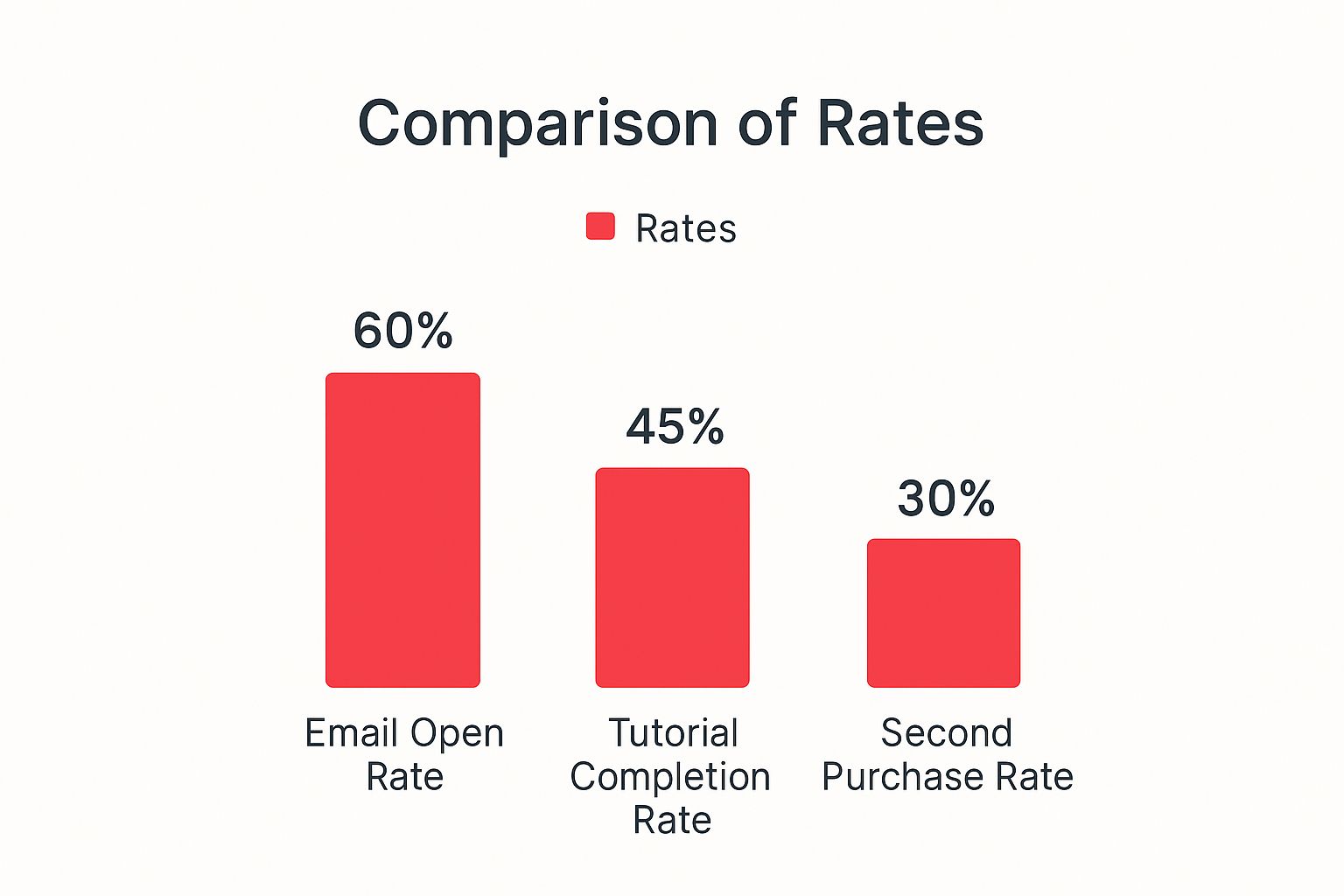
The data doesn't lie: customers who are engaged early on are the ones who stick around and spend more over their lifetime.
Encourage the Crucial Second Purchase
Once you’ve delivered that initial value and built some trust, you can start strategically nudging them toward their next purchase. This shouldn't feel like a hard sell at all. It should feel like the natural next step in their journey with your brand.
Here are a few ways to pull this off effectively:
- Time a follow-up offer: About a week or two after their product has arrived, send a personalized offer. It could be a small discount on a complementary item or early access to a new collection.
- Ask for feedback: Send a simple, one-click survey asking about their experience. Actually acting on this feedback shows you care and gives you priceless insights.
- Share user-generated content: Show them how other customers are using and loving the exact product they just bought. This social proof is super inspiring and reinforces their good feelings about your brand.
By investing a little extra thought and effort into this initial phase, you lay a solid foundation for a long-term, high-value customer relationship. It’s one of the smartest ways to increase customer lifetime value without having to blow up your marketing budget.
Building a Retention Strategy That Actually Works
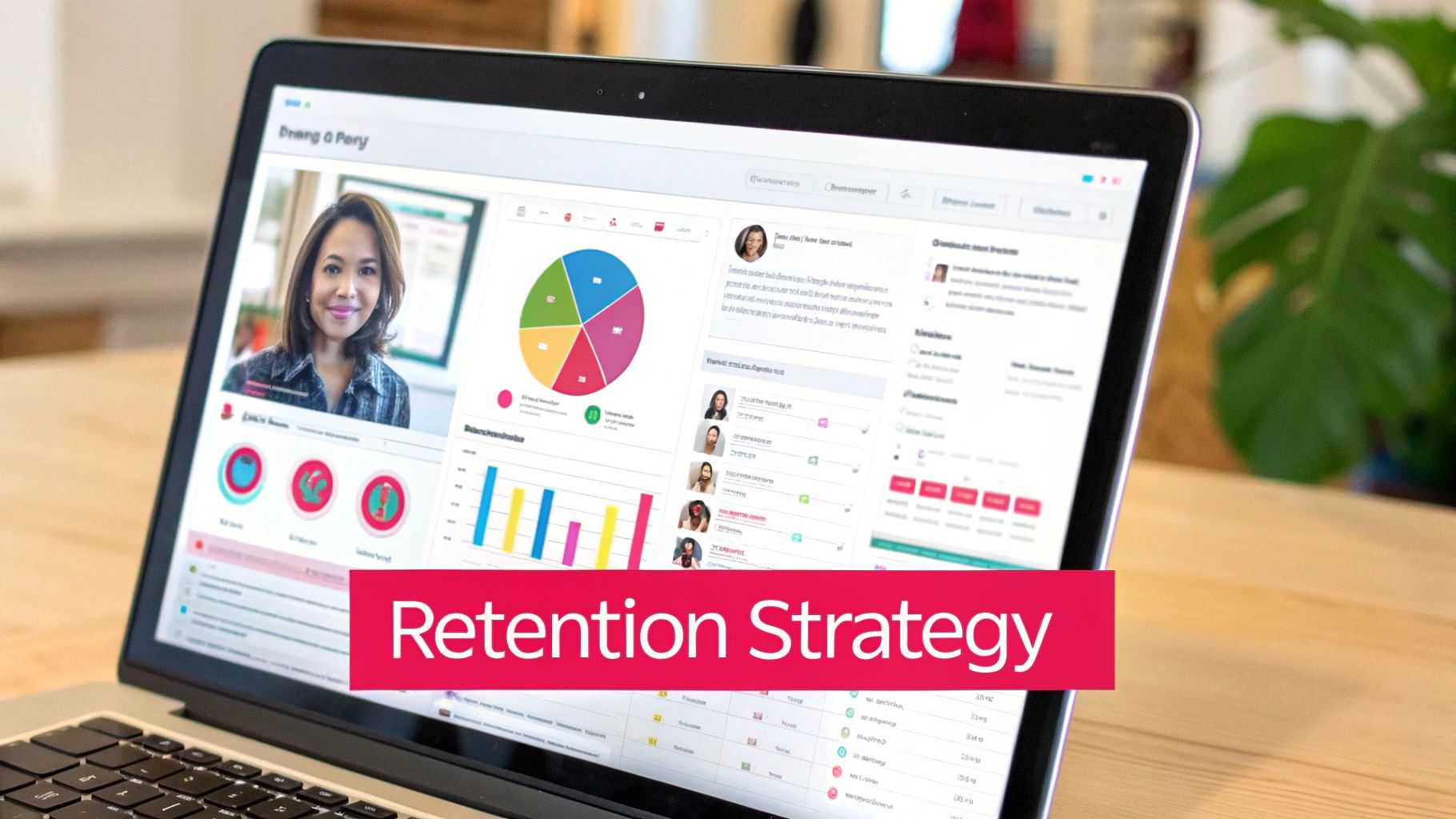
Acquiring new customers feels like a win, but let's be honest, the real path to sustainable growth is keeping the ones you already have. A killer retention strategy isn't about just blasting your customers with discount codes until they buy again. It’s about building a meaningful relationship they genuinely don’t want to leave, which is the absolute core of increasing customer lifetime value.
The financial incentive is massive. I can't stress this enough—retaining customers is way more cost-effective than grinding to find new ones, and the impact on your bottom line is undeniable.
Just increasing customer retention rates by 5% can boost profits by a staggering 25% to 95%. Why? Because loyal customers tend to spend 67% more on average than new customers over time. They trust you, they come back, and they buy more. If you want to dive deeper into the numbers, Sprinklr has some powerful stats on customer retention’s impact.
Segment and Personalize Your Communication
The first step away from generic, ineffective outreach is smart segmentation. Not all customers are the same, so why would you talk to them that way? Grouping your audience based on their behavior is the key to sending messages that feel personal and relevant, not robotic.
You can start with a few simple but powerful segments:
- New Customers: These are the folks who made their first purchase in the last 30 days. Your goal here is to roll out the welcome mat, provide tons of value, and nudge them toward that all-important second purchase.
- Loyalists: Your ride-or-dies. These are customers who purchase frequently and have a high average order value. Acknowledge their loyalty with exclusive perks, early access to new products, or a simple thank-you.
- At-Risk Customers: People who haven't purchased in a while. A gentle "we miss you" campaign with a compelling offer can be surprisingly effective at bringing them back into the fold.
Using tools for ecommerce marketing automation makes this process so much easier, allowing you to trigger specific email sequences based on what your customers actually do. If you want to really get into the weeds, exploring a full guide on customer retention management strategies can give you an even bigger playbook.
To help you visualize this, here’s a quick breakdown of how you might tailor your tactics.
Comparing Retention Tactics by Customer Segment
This table shows how different retention tactics can be aimed at specific customer groups to maximize their impact.
| Retention Tactic | Target Customer Segment | Key Benefit |
|---|---|---|
| Welcome Email Series | New Customers | Onboards them effectively and encourages a second purchase. |
| Exclusive VIP Access | Loyalists | Makes them feel valued and reinforces their loyalty. |
| "We Miss You" Offer | At-Risk Customers | Re-engages them with a compelling reason to return. |
| Feedback Survey | All Segments | Gathers crucial insights while showing you care about their experience. |
Matching the right strategy to the right customer is where the magic really happens.
Establish a Proactive Feedback Loop
Don't wait for customers to get angry and leave a bad review to find out something is wrong. Creating a simple, proactive feedback loop is one of the most powerful retention tools you have. It helps you catch minor issues before they escalate into deal-breakers.
A customer who feels heard is a customer who feels valued. Actively seeking and responding to feedback shows you're invested in their experience, not just their wallet.
A post-purchase survey is an excellent starting point. A week after an order is delivered, send a short, one-click survey asking them to rate their experience. If the rating is low, automatically trigger a follow-up email from your support team to find out what went wrong. This simple act can turn a potentially negative experience into a positive one, building immense trust and goodwill.
Design a Loyalty Program That Rewards Advocacy
Finally, it's time to move beyond the boring "points-for-purchases" model. The most effective loyalty programs reward true brand advocacy, not just transactions. Think about ways to reward customers for actions that build your brand's community and social proof.
For example, you could offer loyalty points for things like:
- Leaving a product review with a photo or video
- Referring a friend who makes a purchase
- Tagging your brand in a social media post
This approach turns your happiest buyers into your most powerful marketing asset. It creates a beautiful cycle where loyalty drives advocacy, which in turn brings in new, high-quality customers who are more likely to stick around.
Mastering the Art of Upselling and Cross-Selling
Boosting your average order value (AOV) is one of the quickest ways to pump up customer lifetime value. But there’s a real art to doing it right. The last thing you want is to come across as a pushy salesperson.
The goal is to make your upsells and cross-sells feel like a genuinely helpful service.
You're not just trying to add more stuff to their cart. You're trying to help them get more value from their original purchase. This subtle shift in mindset is what separates a welcome suggestion from an annoying pop-up that gets closed instantly.
Get this right, and you're not just bumping up a single transaction. You're building trust by proving you get their needs, which is what keeps them coming back for more.
Uncover Opportunities in Your Purchase Data
Your best guide for what to offer next is hiding in plain sight: your own sales data. Digging into what customers frequently buy together is the absolute foundation of a smart cross-selling strategy. You’re looking for those natural product pairings.
For instance, do customers who buy a certain camera lens often return a month later for a cleaning kit? That's your cue. Start offering that cleaning kit as a simple add-on right at checkout. This isn't guesswork; it's letting the data do the talking.
You can also spot prime upselling moments by looking at your product tiers. If you see a bunch of customers who bought your entry-level gadget upgrading to the premium version within six months, you've struck gold. That’s a clear signal to start teasing the benefits of the premium model much earlier in their journey.
Perfecting the Timing and Placement
Knowing what to offer is only half the equation. Knowing when to offer it is the other, equally critical, half. Nailing the timing of an upgrade or add-on can make a huge difference in your conversion rates.
Here are a few high-impact moments to make your move:
- During Checkout: It’s a classic for a reason. That little "You might also like" section, stocked with low-cost, high-value add-ons, is incredibly effective. Suggesting a protective case for a new tablet? It’s a no-brainer for the customer.
- Post-Purchase Emails: The conversation shouldn't stop once the credit card is swiped. A follow-up email a week or so later is the perfect, low-pressure moment to introduce a related product. It feels less like a sales pitch and more like a helpful tip.
- On the Product Page: Before they've even committed, you can suggest a bundle. Offering a "complete the look" or "starter kit" package at a slight discount is a fantastic way to increase the initial order value right from the get-go.
A well-timed suggestion should feel like a natural extension of the shopping experience. The best cross-sells and upsells solve a problem the customer might not have even considered yet, making their purchase even better.
At the end of the day, your job is to be a helpful guide, not just a seller. By using your data to make smart, relevant suggestions at just the right moment, you can seriously boost your AOV and, in turn, increase customer lifetime value.
Using Personalization to Build Real Loyalty
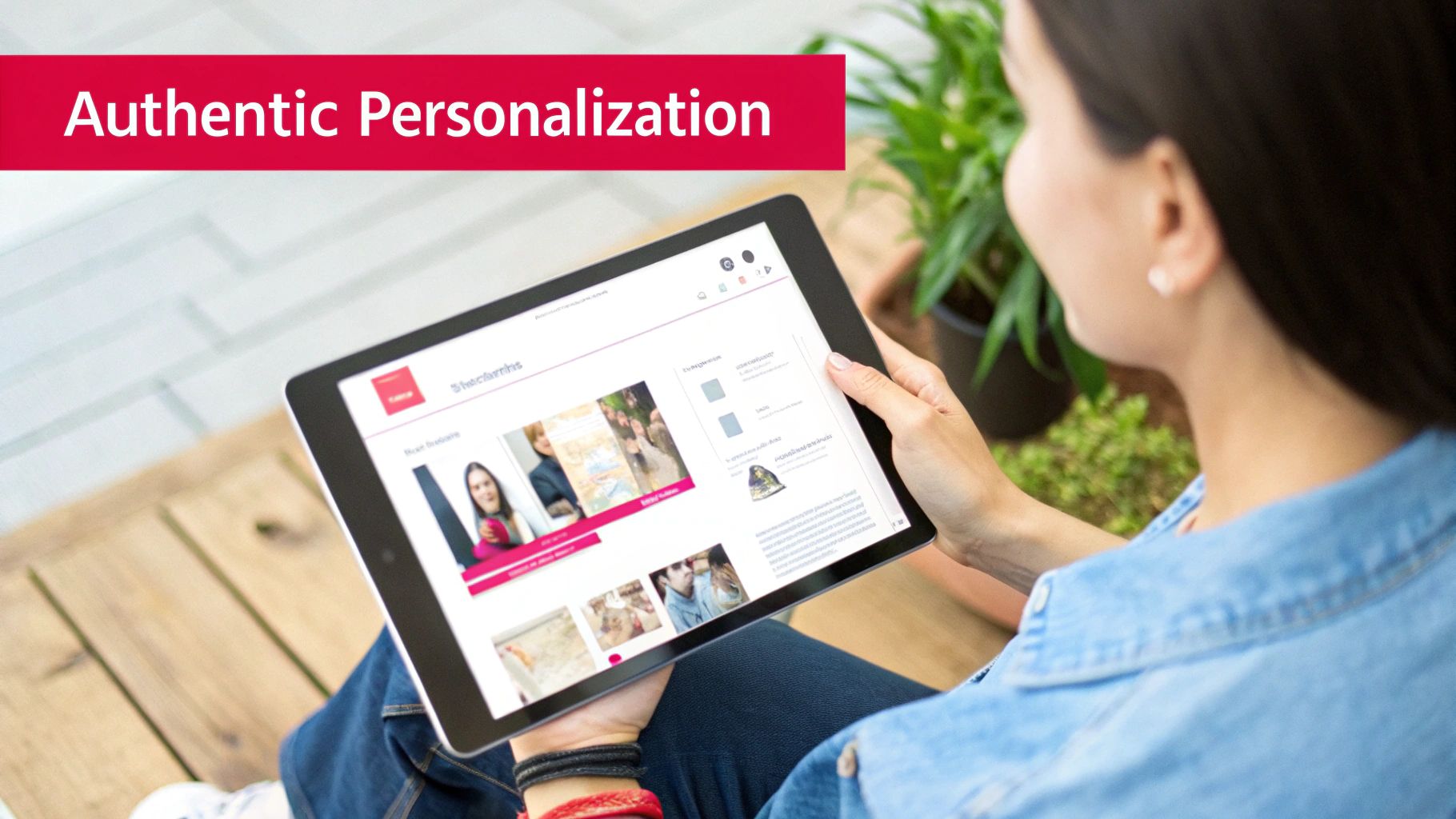
Today's customers have endless options, so they stick with the brands that truly get them. Generic, one-size-fits-all marketing just doesn't fly anymore. If you want to build the kind of loyalty that directly grows customer lifetime value, authentic personalization is your most powerful tool.
This isn't about just dropping a first name into an email subject line. It’s about creating experiences so relevant and helpful that customers feel seen and understood on an individual level. You need to use their purchase history and browsing behavior to customize every single touchpoint, from the product recommendations they see to the content you send them.
Leveraging Data for Deeper Connections
Great personalization is built on a foundation of solid data. By analyzing what a customer has bought or even just looked at, you can start making intelligent predictions about what they might want or need next.
Let's say someone buys a new camera from your store. Your system should be smart enough to automatically suggest compatible lenses or a camera bag a few weeks down the line. This isn't just about squeezing out another sale; it's about solving their next problem before they even have to think about it. These small, thoughtful gestures show you’re paying attention.
Here are a few simple but effective tactics you can start with:
- Acknowledge milestones: Send a quick note or a small offer on their loyalty anniversary or birthday. It's a small touch that goes a long way.
- Tailor website content: Why show a returning customer a generic homepage? Dynamically change your banners to reflect their favorite product categories.
- Send back-in-stock alerts: Let them know the moment an item from their wishlist is available again. Simple, but incredibly effective.
These actions foster a real one-to-one connection that modern tools now make possible for any business. Building these kinds of relationships is absolutely central to any effective direct-to-consumer marketing strategy.
Personalization Beyond the Purchase
True personalization bleeds into every corner of the customer experience, right down to your service policies. Big-name brands have been doing this for years, using CLV segmentation to offer personalized service levels.
For example, a high-CLV customer might get premium return policies or exclusive early access to sales. A lower-value customer might see stricter terms. This approach directly rewards your best customers and monetizes their loyalty.
Personalization is the difference between a customer feeling like a number on a spreadsheet and feeling like a valued member of a community. That feeling is what drives repeat business and transforms buyers into advocates.
When you consistently deliver these custom-tailored experiences, you create a powerful competitive moat. It becomes a lot harder for a competitor to lure your customers away with a simple discount when you’ve built a relationship based on genuine understanding and real value.
Common Questions About Increasing CLV
Diving into the world of customer lifetime value always brings up a few questions. As you start putting these strategies into practice, it’s totally normal to wonder about benchmarks, who's responsible for what, and the nuts and bolts of it all. Let's clear up some of the usual uncertainties so you can move forward with confidence.
What Is a Good Customer Lifetime Value?
This is the big one, but there's no single magic number that works for everyone. A "good" CLV is all relative to your Customer Acquisition Cost (CAC). The real metric you need to watch is the CLV to CAC ratio.
The widely accepted benchmark for a healthy, sustainable business is a ratio of 3:1 or higher.
What does that mean in plain English? For every dollar you spend to get a new customer, you should be making at least three dollars back over their entire time with you. If your ratio is creeping down near 1:1, that's a major red flag—you're probably losing money once you account for all your other costs. On the flip side, an unusually high ratio, like 6:1, might actually mean you're not spending enough on marketing and could be growing even faster.
How Often Should I Calculate CLV?
Calculating CLV isn't a "set it and forget it" task. For most e-commerce and SaaS businesses, I've found that running the numbers quarterly or semi-annually hits the sweet spot. This is frequent enough to catch important trends and see if your retention efforts are paying off, but not so often that you get bogged down by meaningless daily fluctuations.
Trying to track it weekly will just give you noisy data that's hard to act on. But waiting a whole year? You could miss massive shifts in customer behavior that you could have fixed months earlier. Consistency is what turns CLV from a simple number into a powerful strategic tool.
CLV isn't just a marketing metric; it's a reflection of your entire business. When every department understands its role in delivering value, the lifetime value of your customers naturally increases.
Which Team Is Responsible for Increasing CLV?
Thinking one department "owns" CLV is a classic mistake. The truth is, boosting customer lifetime value is a team sport that requires everyone to get on the same page. Marketing might lead the charge on loyalty programs and email campaigns, but their success is completely dependent on other teams.
Here’s a quick breakdown of how different departments play a part:
- Customer Service: These are your front-line heroes. They have the power to turn a frustrating experience into a moment that builds incredible goodwill and loyalty.
- Product Team: They’re in charge of making stuff that people actually love and want to buy again. A great product is the foundation of retention.
- Sales Team: They’re the ones spotting smart opportunities to upsell or cross-sell, which directly pumps up the value of each customer relationship.
The best results always come when every single team is aligned around the same goal: creating an amazing customer experience from start to finish.
Can a Small Business Increase CLV Without Expensive Tools?
Absolutely. You don't need a bloated tech stack or a huge budget to make a real difference. In fact, some of the most powerful CLV strategies are surprisingly low-cost and just come down to mastering the fundamentals.
Start with the data you already have sitting in your CRM or e-commerce platform like Shopify. Focus on the high-impact basics:
- Send personalized thank-you emails.
- Actively ask for customer feedback (and actually do something with it).
- Provide genuinely helpful, top-notch customer support.
These foundational strategies build the trust and personal connection that are the real engines of long-term customer value.
Ready to amplify your brand's voice and build a community of loyal customers? JoinBrands connects you with over 250,000 creators to produce authentic content that drives sales and engagement. Streamline your creator marketing from start to finish. Learn more and get started today at JoinBrands.

